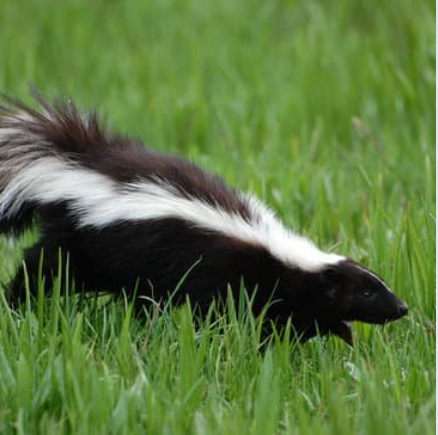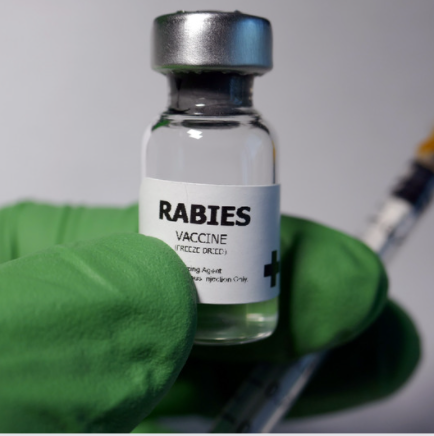Rabies is a disease that exists almost everywhere on earth. While years of data have proven the vaccine to be effective at reducing deaths from rabies, having an infected animal on your property or in your home can place you at significant risk.
Quick Facts About Rabies
Rabies is a virus that spreads via saliva. However, it is only able to be transmitted through broken skin, such as occurs via a bite. Rabies is highly treatable, as long as intervention occurs early. If left to progress, this disease can be fatal, but not before it affects the central nervous system and, ultimately, the brain.
Today, rabies is typically seen in wild animals and not in domestic pets. This is thanks to decades of education and awareness, which revealed that cats and dogs were frequent victims and transmitters of the disease to humans.
Vulnerable Animal Species

Some animal species are vulnerable to rabies, while others are naturally immune. Bats, skunks, coyotes, and foxes are all examples of vulnerable species. Of these, bats are known to be the species that transmit rabies most frequently to humans in the United States.
Unfortunately, infected bats have been discovered in nearly all states. Such high infection numbers exist because a bite can occur from this small animal without a human realizing they’ve even been bitten.
Skunks have also been identified as a species vulnerable to rabies, although rabid skunks are found primarily mostly in central states. Rabid skunk symptoms include stumbling and walking in circles.
Coyotes are a canine species, which makes them vulnerable to contracting rabies, usually from domesticated animals. However, this is rare. Infection numbers have experienced a significant decline in Texas, where the majority of infections were recorded in years past.
Foxes infected with rabies are most commonly found only in certain states like Alaska and Arizona. A pet is more likely than a human to contract rabies from a fox.
How to Know if an Animal Is Infected
There are two types of rabies. Symptoms of the “furious” form of rabies include drooling and foaming at the mouth, as well as aggressive attacks on inanimate objects.
The other form of rabies is referred to as “dumb” or paralytic, and its symptoms are often the opposite of “furious rabies.” Animals with this strain of rabies may appear to be lethargic or even paralyzed and have no fear of humans.
Because some nocturnal animals do tend to go out during the day, this should not be considered a definitive sign of rabies.
Professional Wildlife Removal Services
If you’ve spotted a rabid animal in or near your home, it’s important to call a professional right away. Animal Capture Wildlife Control has over 20 years of experience in the safe removal of animals in and around the Los Angeles area.
We are federally licensed and well versed in wildlife removal across a wide variety of locations. Learn more about our wildlife removal and other services at our website today.
